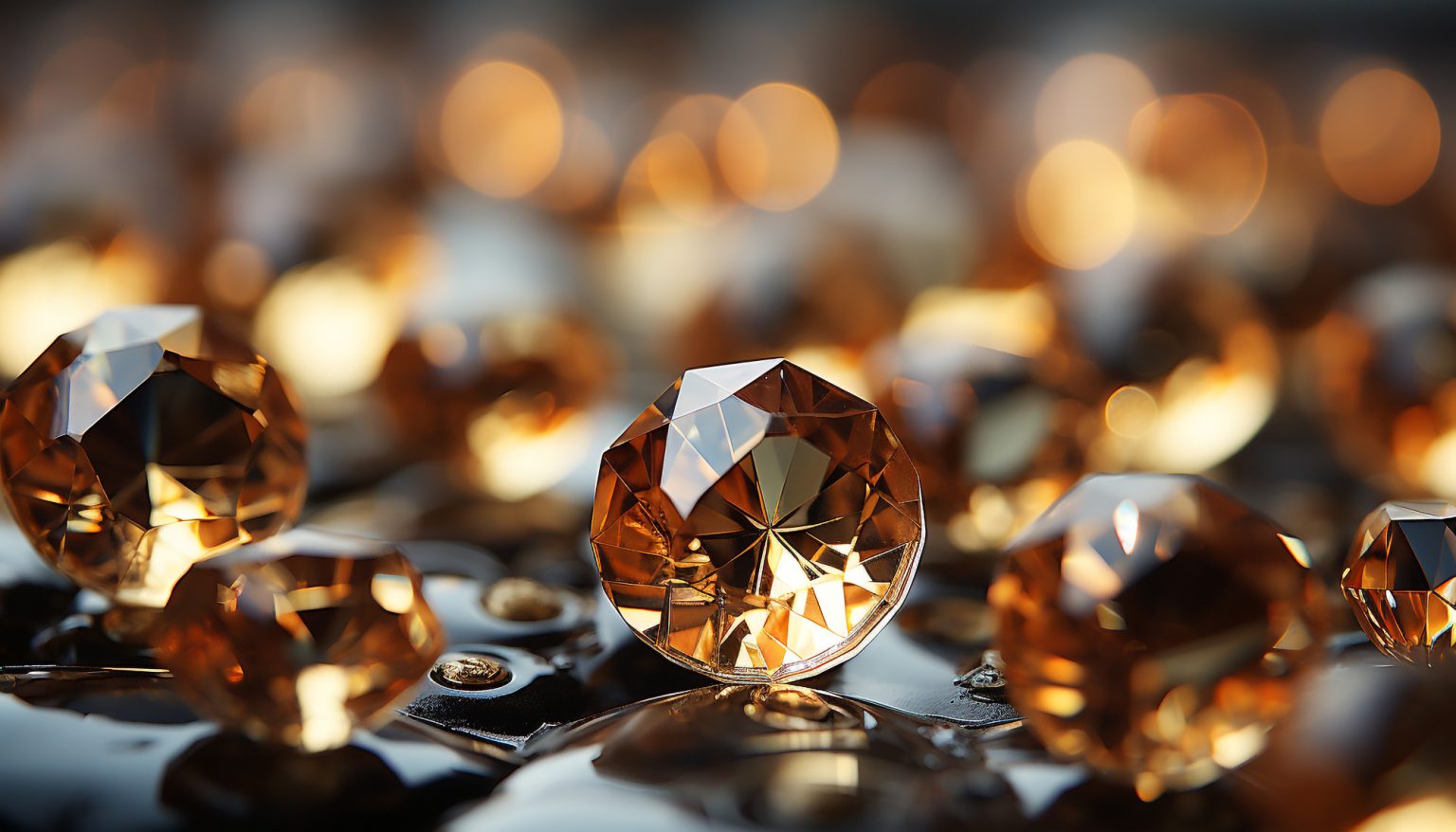Diamonds are cherished for their beauty, brilliance, and enduring symbolism of love, a sentiment shared by all. The introduction of lab grown diamonds, a modern alternative to natural diamonds, has revolutionized the diamond industry in recent years. For anyone considering a diamond purchase, understanding the distinctions between lab grown and natural diamonds is crucial. Whether you are in the market for lab grown diamond rings or simply want to learn more about the best lab grown diamonds available online, this post will delve into the differences between these two diamond types, covering everything from their origins to their aesthetic qualities.
What are Lab Grown Diamonds?
Lab grown diamonds are produced in a laboratory setting utilizing innovative technological procedures. These procedures create diamonds that are chemically, physically, and optically identical to actual diamonds by simulating the natural conditions under which diamonds grow in the Earth’s mantle.
What are Natural Diamonds?
Under extreme heat and pressure, natural diamonds are created over billions of years deep in the Earth’s mantle. These diamonds are extracted from the Earth’s crust and delivered to the surface by volcanic explosions. One of the oldest minerals on Earth, genuine diamonds are unique creations of millions or billions of years’ worth of geological processes.
What are the Differences Between the Two?
- Origin
-
- Lab Grown Diamonds: Produced in a well-regulated lab environment in weeks to months.
- Natural Diamonds: Natural diamonds are extracted from the ground after having formed naturally over billions of years deep within the Earth.
- Environmental Impact
-
- Lab Grown Diamonds: These are seen as more environmentally benign than traditional mining because they require less soil disturbance and have a lower carbon footprint.
- Natural Diamonds: Soil erosion, carbon emissions, and habitat damage are just a few of the adverse effects that mining can have on the environment. Reclamation initiatives and sustainable mining techniques are two ways to lessen these effects.
- Cost
-
- Lab Grown Diamonds: Since the production process is quicker and requires less labor, lab grown diamonds are usually less expensive than natural diamonds. Customers should budget between 20 and 40 percent less for comparable-quality lab grown diamonds.
- Natural Diamonds: Because of their scarcity, the lengthy mining procedure, and the associated supply chain expenses, natural diamonds are typically more costly. Some factors that affect prices are size, color, clarity, and cut.
- Availability and Variety
-
- Lab Grown Diamonds: Provide diverse dimensions, forms, and attributes. Diamonds may be produced with uniform color grades and fewer inclusions thanks to the regulated production process.
- Natural Diamonds: Color, clarity, and imperfections vary from one natural diamond to the next. Compared to lab grown diamonds, high-quality natural diamonds may be harder to find.
- Ethical Considerations
-
- Lab Grown Diamonds: Thought to be a more moral option because they avoid the problems of conflict diamonds, diamonds mined in conflict areas and sold to fund armed conflict. Customers can rest easy knowing that lab grown diamonds are devoid of human rights violations.
- Natural Diamonds: Attempts have been made to guarantee ethical sourcing to keep conflict diamonds out of the market. Nonetheless, issues with labor practices and their effects on the environment still exist.
- Visual and Physical Properties
-
- Lab Grown Diamonds: They have the same chemical makeup, physical attributes, and optical qualities as natural diamonds. They also have the same fire, brightness, and glitter.
- Natural Diamonds: The unique inclusions and color variations in natural diamonds, which are a result of their natural development, reveal fascinating information about their geological past. This inherent uniqueness, along with their scarcity, makes high-quality natural diamonds truly valuable and beautiful.
- Certification and Identification
-
- Lab Grown Diamonds: Gemological laboratories such as the Gemological Institute of America (GIA) and the International Gemological Institute (IGI) certify lab grown diamonds. Usually reports state that the diamond was created in a lab.
- Natural Diamonds: These gems have also been verified by trustworthy gemological laboratories, and their natural origin and quality attributes are described in reports. Sophisticated machinery is needed to differentiate artificially manufactured diamonds from natural ones.
Conclusion
The decision between lab grown and natural diamonds is influenced by financial considerations, ethical concerns, and personal preferences. Lab grown diamonds offer a cost-effective, ethically sourced, and environmentally friendly alternative to natural diamonds, without compromising on quality or beauty. However, natural diamonds, with their geological history and rarity, symbolize enduring love. Both options offer stunning choices for diamond rings and other jewelry, whether you are drawn to the innovation of lab grown diamonds or the natural beauty of mined diamonds. By making an informed and confident decision that aligns with your values and desires, you can ensure that your diamond purchase will bring you joy for years to come.

